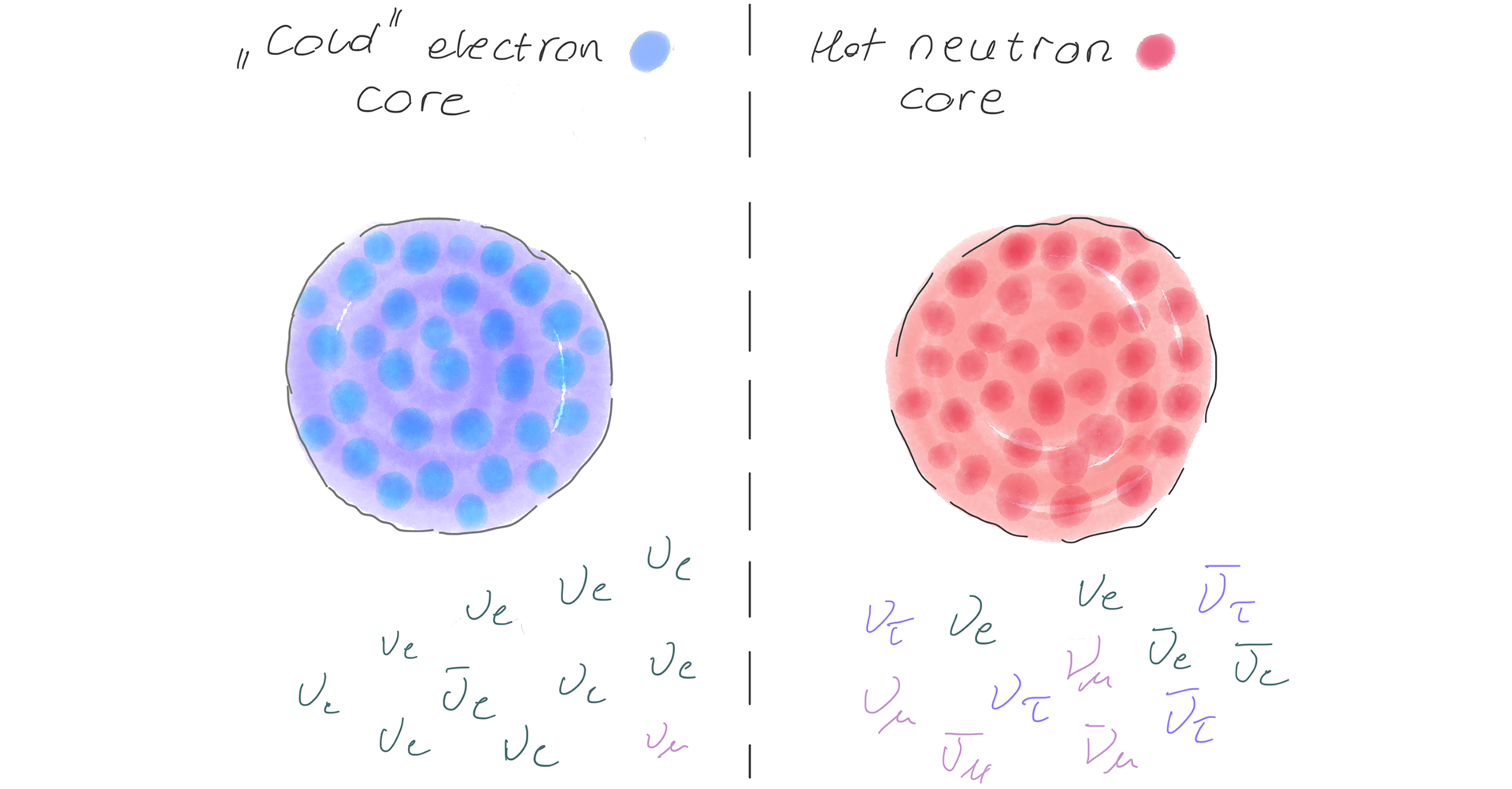2025-07-14 カリフォルニア大学サンディエゴ校(UCSD)

The voyage to collect water samples began at Easter Island and ended near Antarctica in the South Pacific. Samples were taken at numerous depths to give a complete picture of microbial life at each location and have shed new understanding about how these populations are layered, each employing survival strategies for their specific environments. Image: Bethany Kolody.
<関連情報>
- https://today.ucsd.edu/story/study-reveals-how-deep-ocean-currents-shape-microbial-life-across-south-pacific
- https://www.science.org/doi/10.1126/science.adv6903
南太平洋の微生物機能の海景を構造化する循環系 Overturning circulation structures the microbial functional seascape of the South Pacific
Bethany C. Kolody, Rohan Sachdeva, Hong Zheng, Zoltán Füssy, […] , and Andrew E. Allen
Science Published:10 Jul 2025
DOI:https://doi.org/10.1126/science.adv6903
Editor’s summary
The oceans of our planet are divided into regions by massive water movements that delineate physicochemical regimes that may represent ecosystems. A functional ecosystem atlas of the ocean will help us understand what happens to biochemical cycling and storage of carbon. For the South Pacific, Kolody et al. observed a “phylocline,” a steep transition from low local species richness at the surface to consistently high richness below the mixed layer. They also discerned water mass–specific clustering of bacterial communities into six spatially organized taxonomic cohorts and 10 distinct biomes. —Caroline Ash
Abstract
Global overturning circulation partitions the deep ocean into regions, each with different physicochemical characteristics, but the extent to which these water masses represent distinct ecosystems remains unknown. In this work, we integrate extensive genomic information with hydrography and water mass age to delineate microbial taxonomic and functional boundaries across the South Pacific. Prokaryotic richness steeply increases with depth in the surface ocean, which forms a so-called phylocline, below which, richness is consistently high, dipping slightly in highly aged water. Reconstructed genomes self-organize into six spatially distinct taxonomic cohorts and 10 functionally distinct biomes that are primarily structured by wind-driven circulation at the surface and density-driven circulation at depth. Overall, water physicochemistry, modulated at depth by water age, drives microbial diversity patterns and functional potential in the pelagic ocean.



